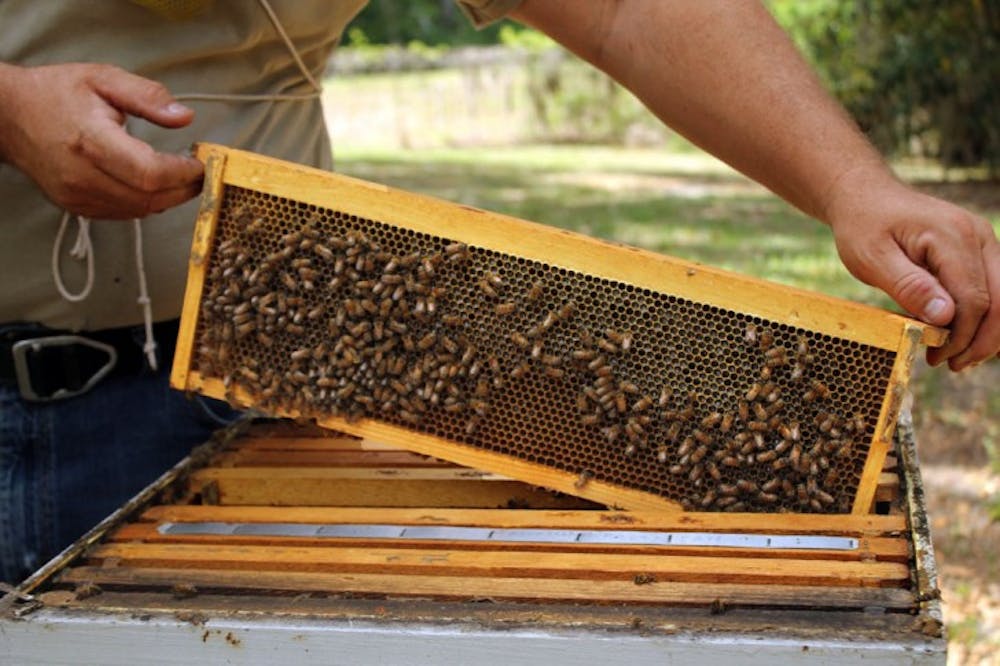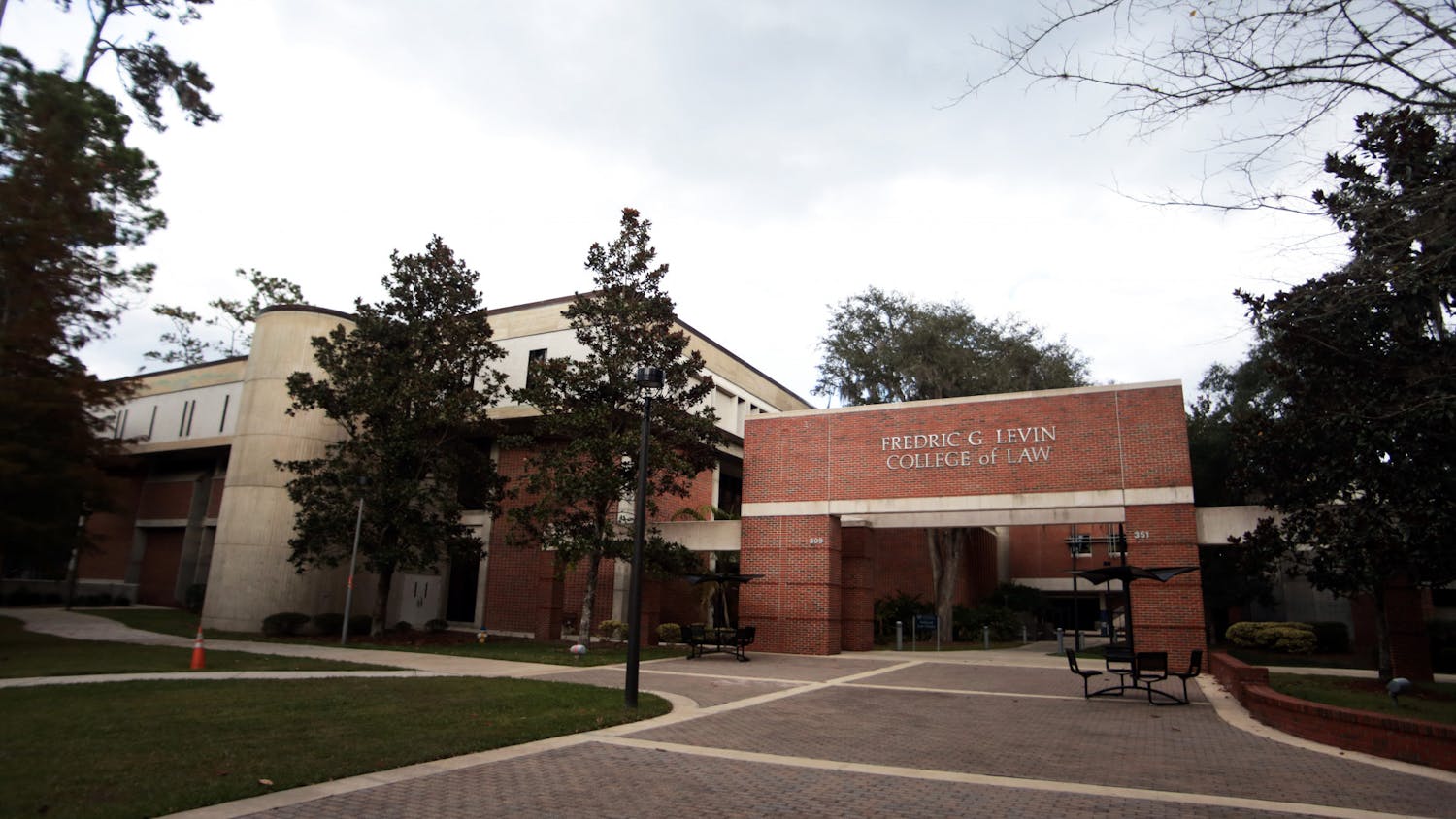The Duke Energy Foundation gave $88,500 to the Florida Museum of Natural History’s research on how removing plants underneath power lines affects bees, butterflies and other pollinators.
It’s the second time the foundation has given a grant to the museum for the research, said Jaret Daniels, director of the museum’s McGuire Center for Lepidoptera and Biodiversity. The grant was given this month and will last for a year. The first grant for the research was given last year, at $84,909.
“We needed two years on the ground,” Daniels, 50, said. “With any ecological study, you need at least two years because one year could be an anomaly.”
The purpose of the research is to see if the removal of trees and woody plants will cause flowering plants to spread and diversify, Daniels said. Blooming plants provide more resources for pollinating species such as butterflies, moths, bees, wasps, beetles and flies.
Daniels said he and his team of about four to six people collect data from 18 different rights of way, which are strips of land underneath power lines. The areas are spread across Alachua, Gilchrist and Levy counties.
The locations being studied are at different stages of plant removal, Daniels said. This allows the researchers to see the difference between the plant and insect populations at multiple stages.
Kristin Rossetti, a research technician for the museum’s project, said some team members have split the areas into three groups based on how managed they are and nicknamed the groups “the good, the bad and the ugly.”
Rossetti, 36, along with three to four other people, does field work every month. Two teams go out to all the sites and conduct insect surveys in the span of one week. Vegetation surveys are done quarterly and are conducted the week following insect surveys, Rossetti said.
“It can be an extreme environment with thorny plants and everything, but it’s always nice to be outside,” Rossetti said. “We’re workaholics because we love what we do.”
Daniels said that insects are collected using pan traps, small colored bowls filled with soapy water. Specimens of insects and plants are then taken to a lab to be identified and characterized.
A secondary goal is to find out if rights of way can harbor a good diversity of insects and serve as corridors for species to navigate changing environments, Daniels said.
“We need to understand the potential value of these alternative landscapes,” Daniels said. “They’re important in the broader picture of conservation.”






